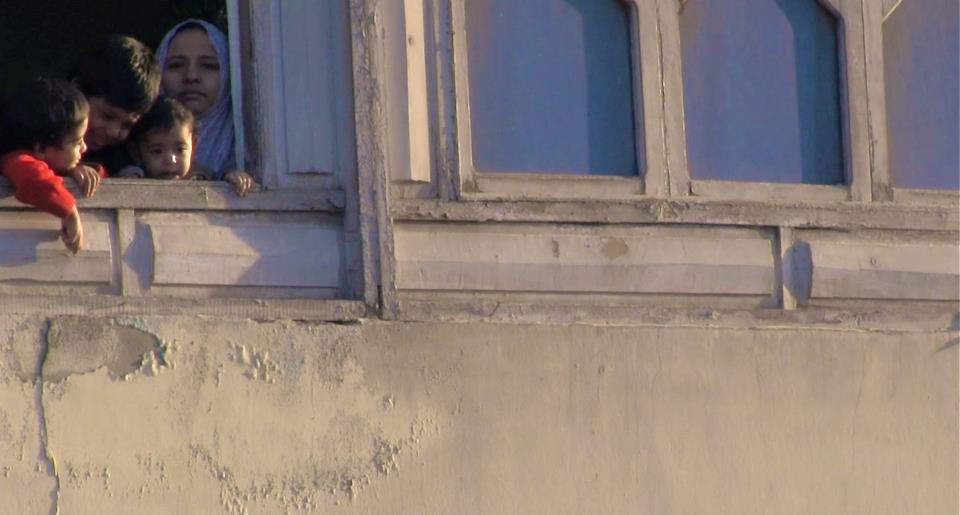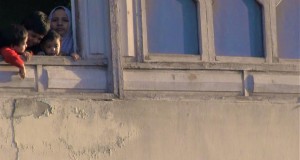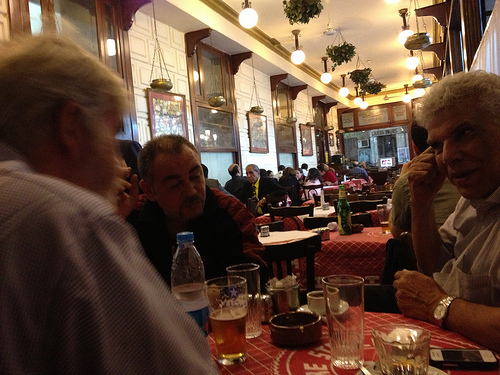 It’s almost 1pm on a Friday and the normally jam packed streets are quiet and strangely empty. Many are taking part in Friday prayers, and on this the day after the big speech by President Morsi where he announced new sweeping powers for himself while decapitating the judiciary branch of government. On the heels of this bold and disturbing announcement, you can feel the calm before the storm, as by this afternoon hundreds of thousands will re-occupy Tahrir Square.
It’s almost 1pm on a Friday and the normally jam packed streets are quiet and strangely empty. Many are taking part in Friday prayers, and on this the day after the big speech by President Morsi where he announced new sweeping powers for himself while decapitating the judiciary branch of government. On the heels of this bold and disturbing announcement, you can feel the calm before the storm, as by this afternoon hundreds of thousands will re-occupy Tahrir Square.
Last night and into the early morning hours, the cafe’s of Cairo were packed with people outraged over the announcement, and determined to take the square as a show of force by the people who during those legendary 18 days in 2011, did the impossible. This morning, just a few blocks down from Tahrir, I’m at café Riche, the more than 1 hundred year old establishment that is known as the home of the writers, thinkers, and perhaps the cultural elite of Cairo. I say perhaps because when you sit down at this historical landmark, you feel like everyone talks to everyone, and someone new strikes up a conversation every time. At the front end of the cafe, the owner sits in front of his flatscreen TV watching the news. Oddly, he often keeps the screen set to the live video feed from the square, which is physically only 2 blocks down the street. People periodically rise from their tables and stand transfixed on the screen. Customers walking in do the same before they take their seats. Everyone is looking at what is happening and wondering what may happen yet today.
In the back of the otherwise empty cafe, just as outside a constant stream of people walk by in the direction of the square like there is a magnet pulling them there, a group of older, seasoned veterans of the cultural scene have gathered for breakfast. Its their usual friday gathering and you can tell its THE place for debates and discussions about the week’s events and the big questions of life. They will eat, argue, laugh, and then on to the main event – off to the demonstration.
Engineer Abbas, our new friend who helped design the current incarnation of this cafe that dates back to 1909, is seated at our table telling us stories of protests and the old days under previous dictators in Egypt. I ask him, “does it feel like those magic days in 2011 today?” He smiles, “Those were the days my friend… those were the days.” He goes on to sing “Those were the days” which I think was a song from the 60’s that we all kind of know. After his song Abbas smiles again, “Egyptian people have no schedule… they are.. how do I say.. unpredictable. It may not be today, it might be tomorrow, you never know!”
In my time here in Egypt I find not everyone likes Cafe Riche. Its considered old, tired, elitist and perhaps even touristy. I me be just the latest outsider to be charmed, but the friends I have made, the stories I have internalized in this place, it is for me as unforgettable as the square itself. It is better than any University I have ever attended and more lively than most rallies I have ever been a part of. All day long and well into the night, the flat screen TV stays on and the front desk remains occupied, the writers and thinkers go back and forth, to protest, and back for tea. Rinse and Repeat. Day after day. Just like in that those wonderful 18 days, – I’m told.
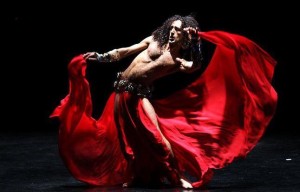
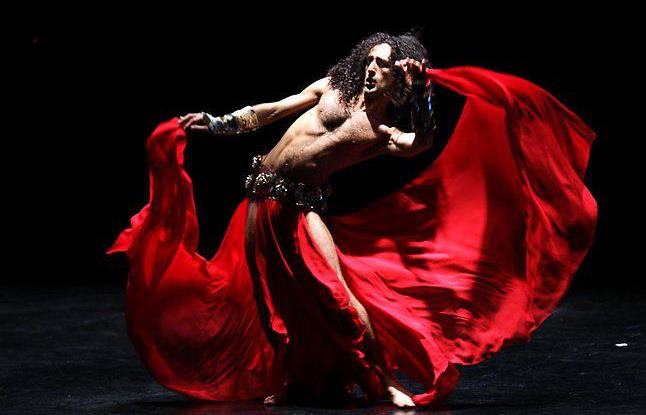
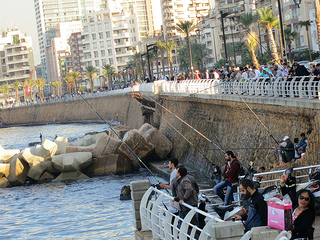
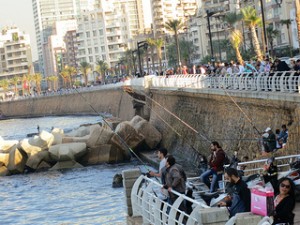
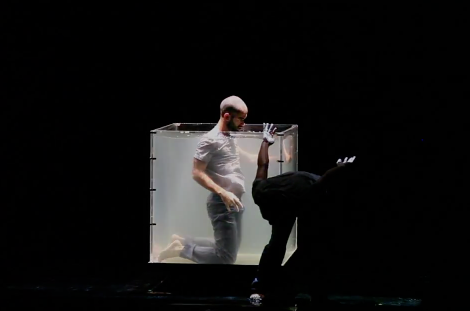
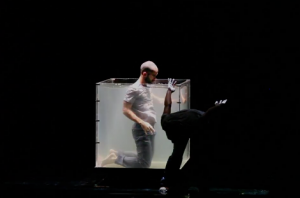
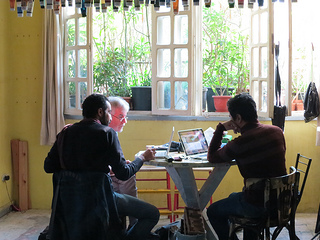
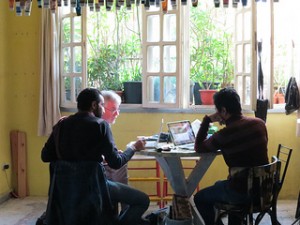
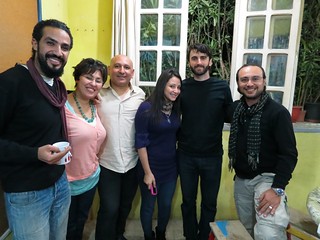 We’ve wandered into an artists’ studio where every friday a group of friends gather in what they describe as a weekly ritual of conversation and camaraderie. And despite our presence disrupting the usual flow of conversation, the group is pleased to have us and we are each immediately greeted with explanations and examples of their work. The youngest among them is 22 years old and she shows me her interactive art installations that focus on surveillance culture. She clicks through the images and explains how it works and where it is on display now. “If I had known you were coming I would have brought my marionettes” she later tells me. Meanwhile one by one they explain their work and their feelings about the past two years. In the difficult events at Tahrir in 2011, they lost friends, including one of their regular colleagues of the Friday open studio, who was killed by a sniper. They speak about him and how they lived those days, all of them at the square of course, where they still return to as part of the Friday ritual. “We will have tea, finish our discussions, and head over to Tahrir later today,” we were told several times.
We’ve wandered into an artists’ studio where every friday a group of friends gather in what they describe as a weekly ritual of conversation and camaraderie. And despite our presence disrupting the usual flow of conversation, the group is pleased to have us and we are each immediately greeted with explanations and examples of their work. The youngest among them is 22 years old and she shows me her interactive art installations that focus on surveillance culture. She clicks through the images and explains how it works and where it is on display now. “If I had known you were coming I would have brought my marionettes” she later tells me. Meanwhile one by one they explain their work and their feelings about the past two years. In the difficult events at Tahrir in 2011, they lost friends, including one of their regular colleagues of the Friday open studio, who was killed by a sniper. They speak about him and how they lived those days, all of them at the square of course, where they still return to as part of the Friday ritual. “We will have tea, finish our discussions, and head over to Tahrir later today,” we were told several times.